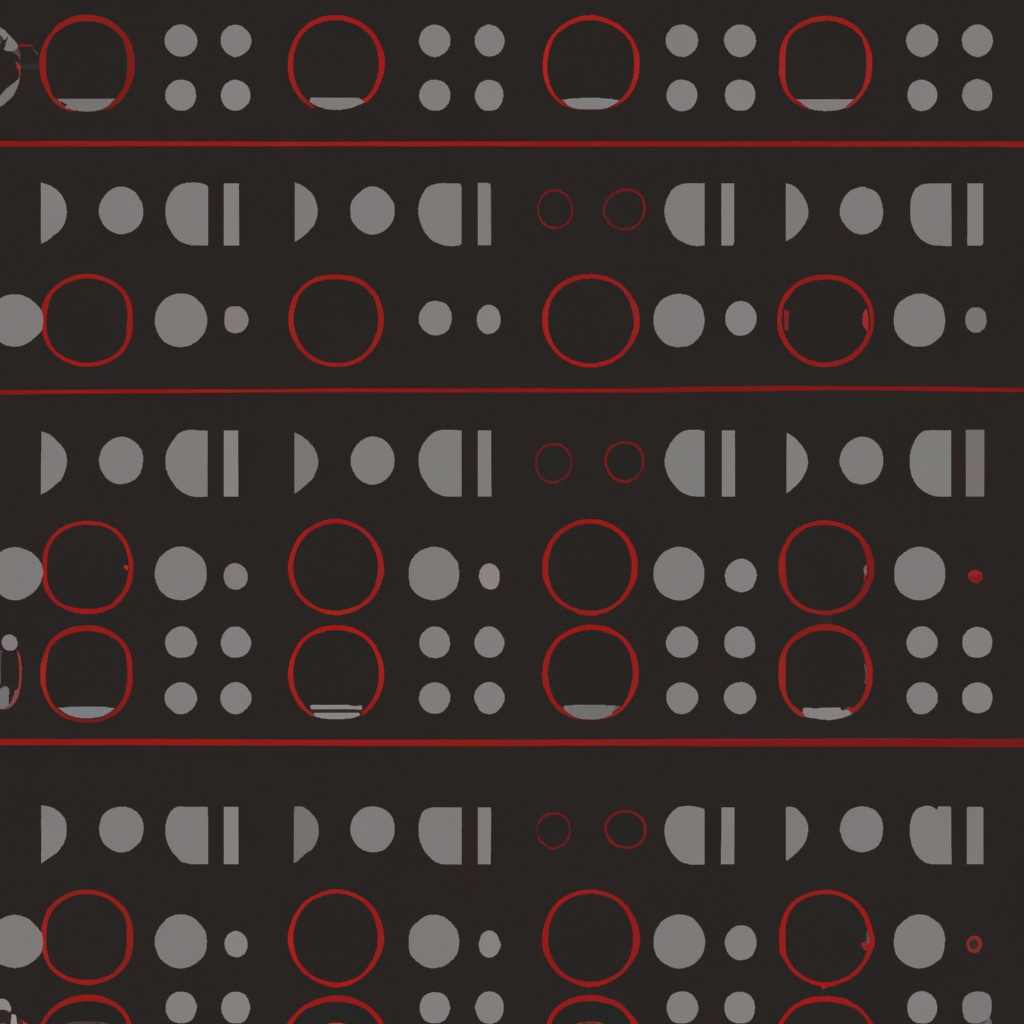Labs
Product Development
Product Development is a dynamic process that helps businesses create and refine products to meet customer needs and stay ahead of the competition.

Product development is a crucial process for businesses looking to innovate and stay competitive. In this article, we will explore the key aspects and best practices involved in successful product development projects.
Where did Product Development come from?
Product development is the process of creating and improving products to meet market demands. It involves several stages, including idea generation, product design, prototype development, testing, and final production. The history of product development can be traced back to ancient civilizations, where craftsmen improved their creations based on customer feedback. In the modern era, advancements in technology and globalization have greatly influenced the way products are developed and brought to market. Today, successful businesses recognize that effective product development is crucial for staying competitive in an ever-evolving marketplace.
What are the key concepts?
Some of the key concepts involved in Product Development include:
- Understanding customer needs: Product development starts by identifying and understanding the specific needs, desires, and pain points of the target customers.
- Idea generation: Once customer needs are identified, teams brainstorm and generate a variety of ideas that have the potential to meet those needs.
- Concept testing: Ideas are then evaluated through concept testing to gauge customer interest and gather feedback for refinement.
- Prototype development: After selecting the most promising idea(s), prototypes are created to validate design concepts, functionality, and usability.
- Launching and iterating: Finally, products are launched into the market with ongoing assessment and improvement based on user feedback.
What's the process?
Product development is a crucial stage in bringing new products to market. The process typically involves several activities, including idea generation, market research, concept design, prototype development, testing, and refinement. The journey starts with brainstorming and gathering ideas from various sources. Then, market research helps identify customer needs and preferences. Concept design transforms these ideas into tangible product features. Prototypes are built to test the functionality and feasibility of the product. Testing ensures that the final product meets quality standards. Through iteration and refinement of designs based on feedback, the product is continuously improved until it is ready for launch.
What outcomes can you expect?
Some of the outcomes you can expect from working with Product Development are:
- Gain a deep understanding of the product development process and its key stages.
- Learn how to effectively identify and evaluate market opportunities for new products.
- Discover strategies for generating innovative ideas and conducting thorough market research.
- Understand the importance of cross-functional collaboration in successfully bringing a product to market.
- Acquire practical tools and techniques for managing the various aspects of product development projects.
Are there any debates or criticisms to be aware of?
- Balancing speed and quality is a constant debate in product development, with some arguing for quick iterations while others advocate for thorough testing.
- The drawback of complex product development processes can be increased costs and longer time-to-market, leading to missed opportunities and potential loss of competitive advantage.
- Controversies arise when businesses prioritize new product ideas over customer needs, resulting in products that fail to meet market demands.
- Intellectual property disputes can emerge during product development if organizations fail to protect their innovations or infringe on existing patents or copyrights.
- There is ongoing debate about the use of consumer data in product development, with concerns over privacy and ethical implications.
Conclusion
In conclusion, product development is a critical process for businesses to innovate and remain competitive in the marketplace. By understanding customer needs, generating innovative ideas, conducting thorough market research, and collaborating cross-functionally, businesses can successfully bring new products to market. Balancing speed and quality, avoiding prioritizing new ideas over customer needs, protecting intellectual property rights, and addressing ethical concerns surrounding consumer data are important considerations in the product development journey.
TLDR;
- Product development is the process of bringing new products to the market.
- It allows companies to innovate and meet customer needs more effectively.
- Benefits include increased revenue, competitive advantage, and improved customer satisfaction.
- However, challenges like lack of resources and market uncertainties can hinder successful product development.
- Effective planning, research, and collaboration are crucial for successful product development.
